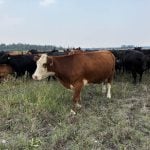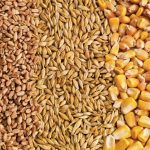
Tag Archives straw

Prevention and responsibility can be shared
Animal Health: Crop growers and cattle producers can benefit by working together

Early-gestating beef cows need good nutrition
Better Bunks and Pastures: Two-stage use of minerals over the fall and winter can help cows maintain body condition at a better cost

Crop residues’ rewards versus risks
Leaving crop residue after harvest can be beneficial — but poses some challenges

Alberta issues final crop report for year
Harvest over 98 per cent done by region and crop type

St(RAW) deal
Don’t rob our Prairie croplands — help rejuvenate them by working in all crop residues

Residue management innovations from Redekop, New Holland, Case IH
The latest straw chopper technologies offer increased spreader widths, finer cuts, more efficiencies and in-cab controls
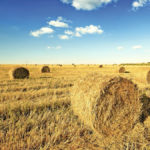
Sixteen reasons why grain growers should never sell crop residues
Read this article and you’ll never sell baled straw again
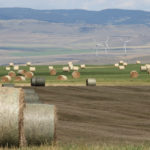
Vitti: Options for including mouldy feed in rations
Know what you have and blend it off with the good stuff
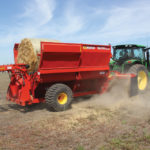
Highline CFR 1251 built to speed up processing
Highline model offers speed when blending hay, straw and grain rations

Selling nutrients: the last straw
Practical Research: How to degrade productive cropland by selling the nutrients after the harvest season

